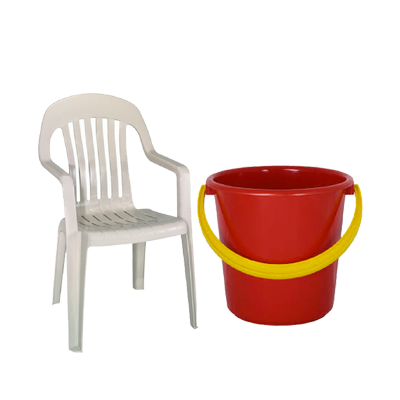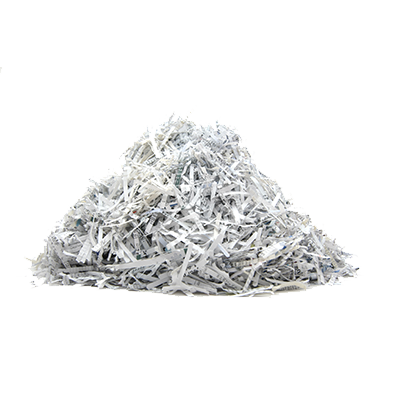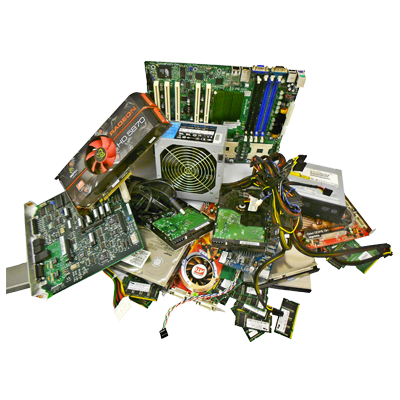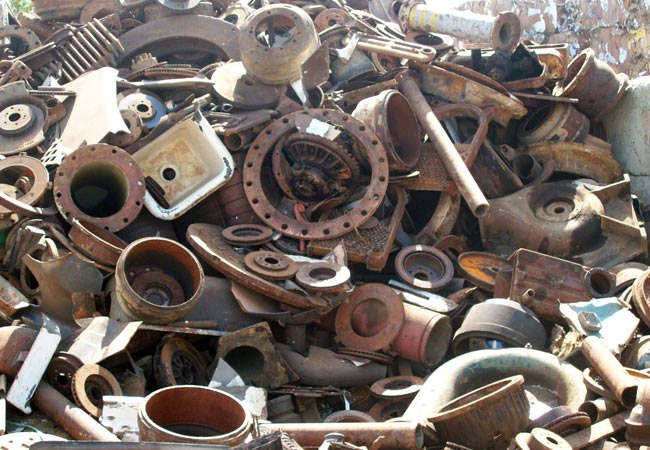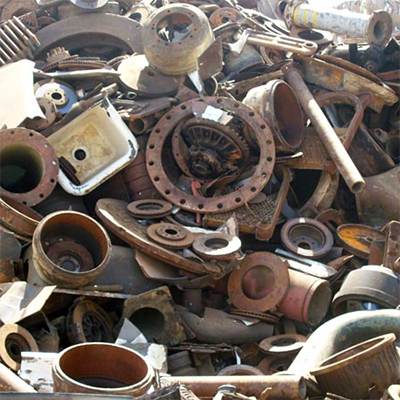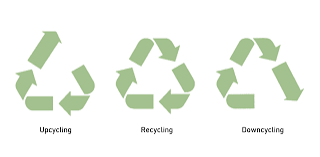
2023-06-07
Three Green Cycling
Recycling, Upcycling and Downcycling are all ways of managing waste, but they differ in terms of their processes and outcomes. “Recycling” involves breaking down materials to create new ones, ‘Upcycling” involves transforming materials into something of higher value, and “Downcycling” involves converting waste materials into a lower-quality product. They are therefore forms of Green Cycling which conserve resources: Recycling, Upcycling and Downcycling.
1. Recycling
Recycling is the process of collecting and reprocessing waste materials into new products which refers to one of the many waste management strategies. “Waste Hierarchy” is a concept that ranks waste management strategies in order of preference based on their environmental impact. Recycling is the third component of the Waste Hierarchy and is considered preferable to the lower ranked strategies of landfilling and incineration. Recycling reduces the amount of waste that goes to landfill and conserves natural resources by reusing materials that have already been extracted from the environment. For example, plastic bottles can be recycled and turned into new plastic products like containers, toys, or furniture, but they will not become exactly the same type of bottle again.
The Waste Hierarchy promotes a more sustainable approach to waste management by prioritizing the prevention of waste through reduction and reuse, followed by recycling and then landfilling or incineration as a last resort. But, it is worth noting that recycling is not always the best solution to our environmental problems! Before recycling we need to consider “Upcycling.”
2. Upcycling
Upcycling is a creative and innovative way to reduce waste and promote sustainability, which can help to raise awareness about environmental issues and encourage more responsible consumption habits. Upcycling is similar to the “reuse” component of the waste hierarchy, because both involve finding alternative use for products to minimize waste generation. Similarly, under the ”reuse” category of hierarchy, “Repurposing” is the process of taking an object or material and using it for a different purpose than its original intended use. Upcycling is a type of repurposing old or discarded materials to create new and useful products with potentially a higher value than the original. For example, turning an old sweater into a new rug or Do-It-Yourself plastic bottles into plant pots or pencil holders.
Unlike Recycling, which breaks down materials into their raw form to create new products, upcycling involves transforming existing materials into new, useful items without requiring additional resources or energy but downcycling involves the use of energy and resources to recycle materials into lower quality products.
3. Downcycling
When it comes to waste hierarchy, downcycling is associated with the ‘recycling’ component, which is ranked lower than the reduction and reuse strategies. This is because downcycling involves the use of energy and resources to recycle materials into lower quality products. While downcycling may not be as desirable as upcycling or recycling it is still an important aspect of the recycling process that promotes a more sustainable, circular economy.
When materials are downcycled, they are still being recycled and repurposed, which can help to reduce the need for new and raw materials to be extracted and manufactured. This can help to reduce the amount of waste that ends up in landfills or incineration, lessening the GHGs emission and harmful pollutants. For example, recycling plastic bottles into new plastic bottles requires a significant amount of energy and resources, while downcycling them into plastic lumber park benches requires less energy. Thus, downcycling can be a cost-effective and useful waste management practice.
Overall, all three methods of waste management are important to reducing waste and promoting sustainability and should be used in tandem. The choice of method will depend on the type of materials being recycled, the desired outcome, and the available resources and technology.
REFERENCES:
https://www.econlib.org/library/Enc/Recycling.html
Recycling By Jane S. Shaw
https://www.conserve-energy-future.com/importance_of_recycling.php
Importance of Recycling and Why Should We Recycle
https://www.upcyclethat.com/about-upcycling/
The Difference between Recycling and Upcycling
https://www.metabolic.nl/news/recycling-downcycling-and-the-need-for-a-circular-economy/
Recycling, Downcycling and the need for a circular economy
https://link.springer.com/chapter/10.1007/978-3-319-55840-0_7



